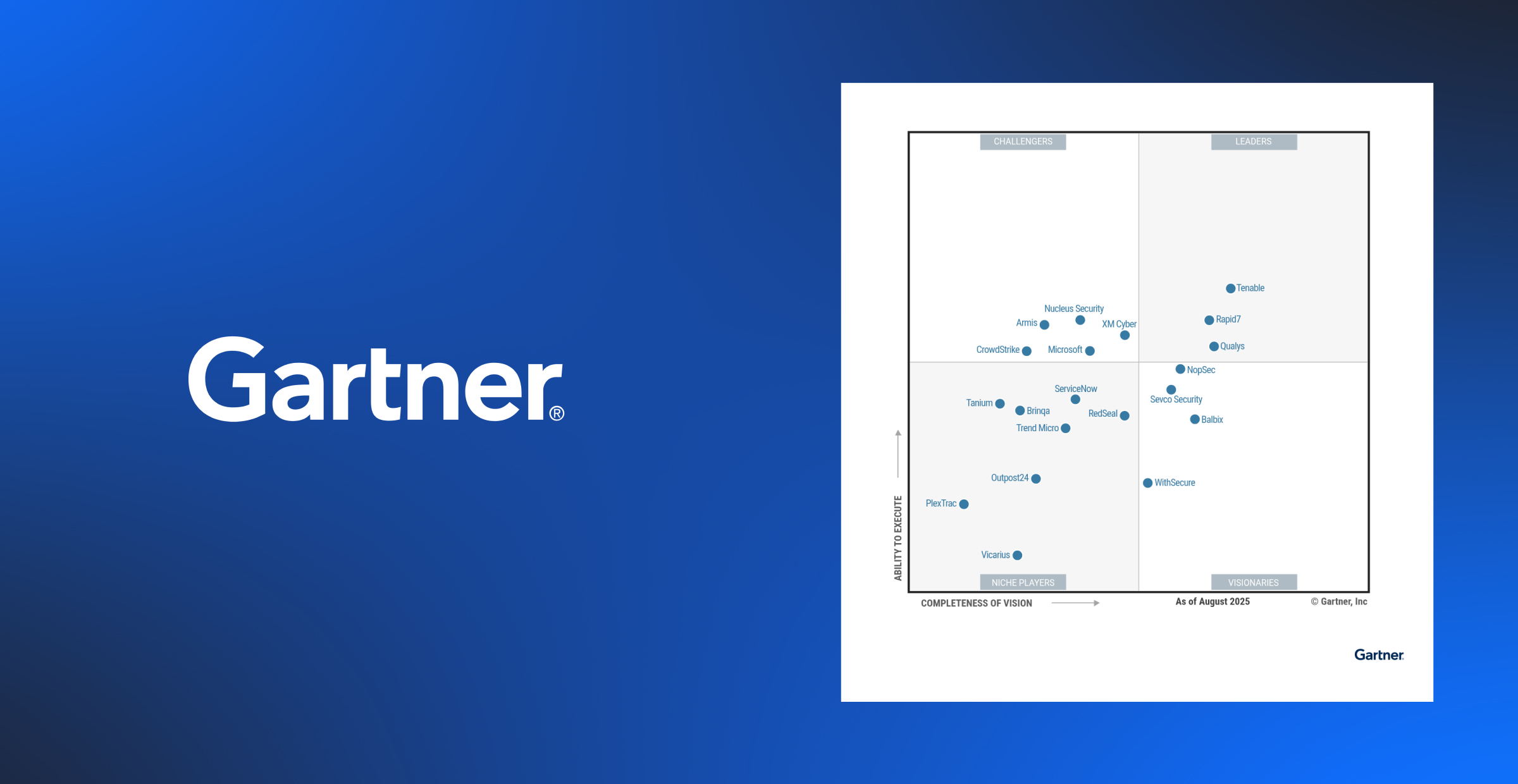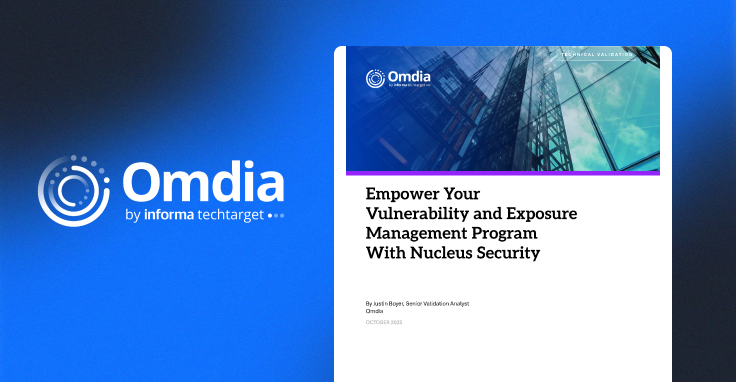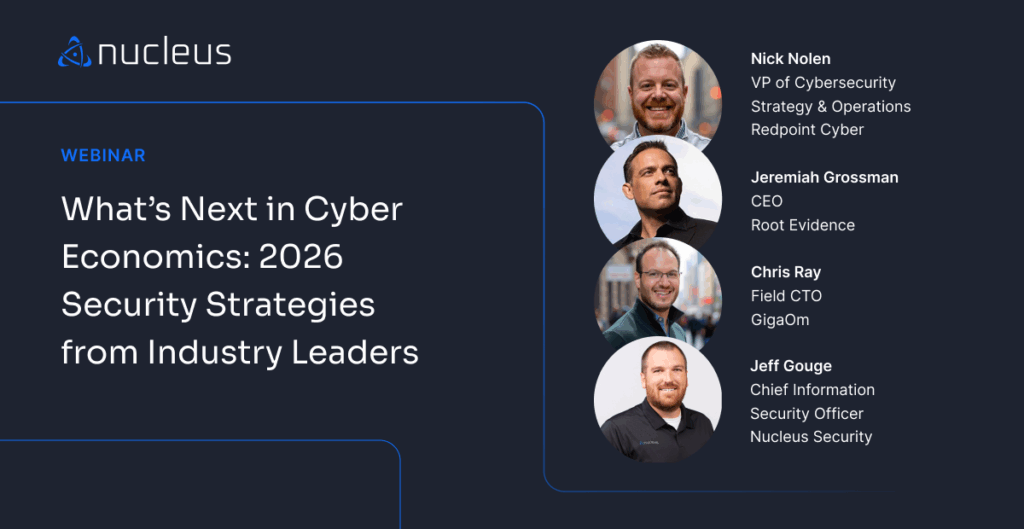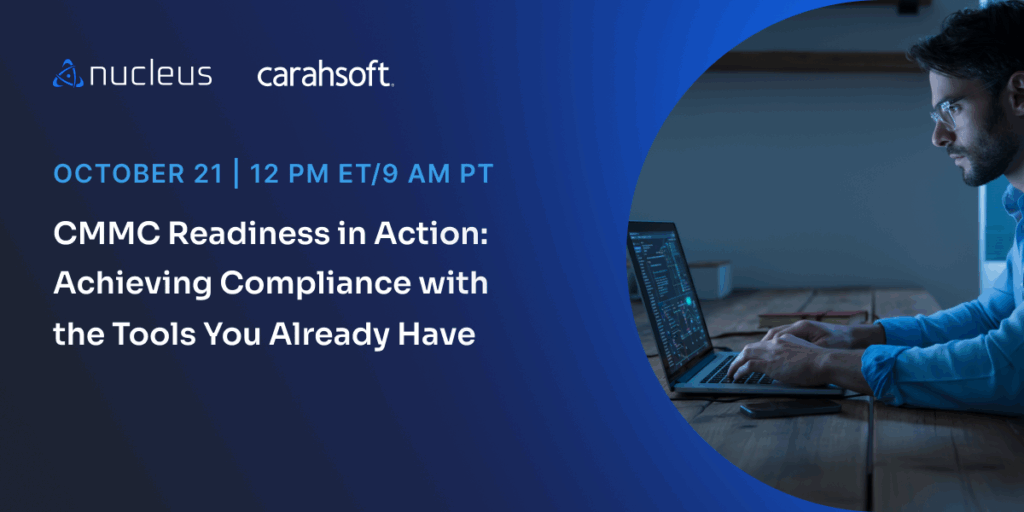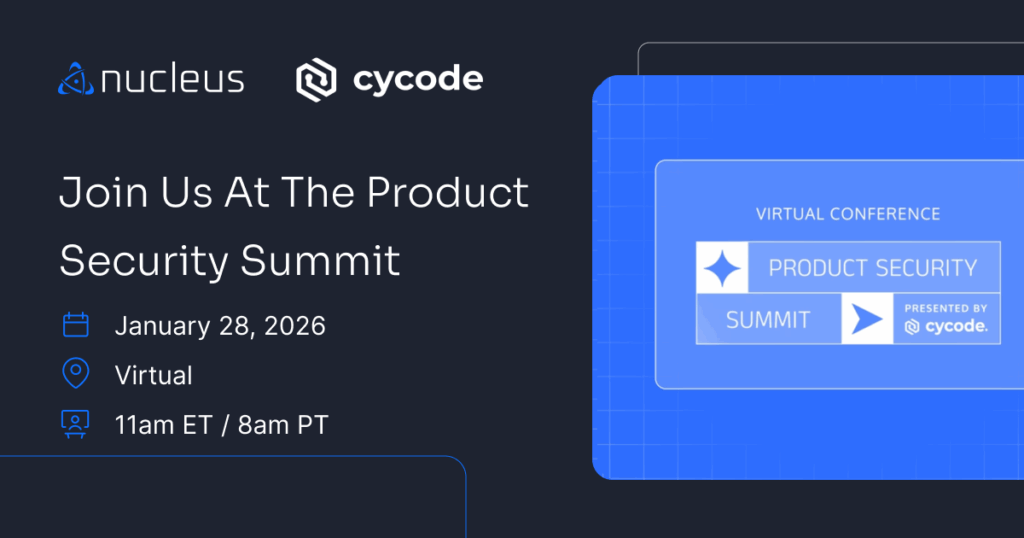Best Practices for Aggregating and Normalizing Exposure Data

In our first article exploring vulnerability management vs. exposure management, we explored the growing recognition that exposure management is not just a rebranding of vulnerability management. Rather, it’s a strategic evolution. Where traditional vulnerability management often focuses narrowly on CVEs and technical severity, exposure management demands a broader, more integrated understanding of risk across assets, environments, and attack vectors.
At the heart of this shift is one non-negotiable requirement: the ability to aggregate and normalize exposure data across the entire ecosystem. Without centralized, consistent data, exposure management simply cannot function. Tools may continue scanning, findings may accumulate, and dashboards may update, but if the underlying data remains fragmented, security teams are forced to operate on partial truths that lead to making poor decisions.
This article focuses on that foundational layer: how to effectively aggregate and normalize exposure data from vulnerability scanners, cloud platforms, asset inventories, and context sources. Practitioners who want to move from isolated vulnerability lists and emailed reports to actionable exposure insights must start here. This is the groundwork that enables every subsequent decision—prioritization, assignment, remediation, and reporting—to be accurate, efficient, and aligned to risk.
The Problem with Disparate Data: Incomplete Visibility
Exposure management starts with visibility. But when security teams rely on disconnected tools and siloed data sources, blind spots are inevitable.
For example, vulnerability findings from a network scanner might reference assets by IP address, while an EDR solution might log them by hostname and a cloud asset inventory might identify them by ephemeral resource ID. When these identifiers are not reconciled, the organization ends up with fragmented perspectives on the same asset. In the worst case, the organization will fail to correlate exposures across assets entirely.
This fragmented data model makes exposure management more difficult in several areas.
Identify and Prioritize Critical Exposures
Practitioners are often forced to manually correlate findings across tools, increasing the risk of missed or delayed remediation. In high-volume environments, this friction can result in high-impact exposures going unnoticed.
Understand the Full Scope of Business Risk
When teams can’t see how vulnerabilities map to business-critical assets, they’re left prioritizing based on severity scores rather than risk. Without unified visibility, it’s nearly impossible to judge which exposures could lead to a material incident.
Track Remediation Progress with Precision
Without a consolidated view, tracking the lifecycle of an exposure requires reconciling multiple systems. This slows reporting, obscures accountability, and undermines confidence in metrics.
What’s needed is not more data, but better data—data that is centralized, deduplicated, and consistently structured.
Aggregating Data Across the Exposure Ecosystem
Security teams commonly ingest exposure data from a variety of tools and platforms:
- Vulnerability Scanners: These tools provide the raw findings that form the core of most vulnerability management programs. However, each scanner differs in how it identifies assets, names vulnerabilities, and scores severity. This can make side-by-side comparisons inherently difficult and unreliable.
- Cloud Security Posture Management (CSPM) and Infrastructure Scanning Tools: These platforms surface misconfigurations and risks tied to ephemeral or dynamic resources like containers and serverless functions. Aggregating their output ensures that exposures in transient environments aren’t overlooked.
- Application Security Posture Management (ASPM): These tools provide visibility into security risks within the software development lifecycle, including vulnerabilities in custom code, insecure dependencies, and CI/CD pipeline exposures. Aggregating ASPM data ensures that application-layer risks are evaluated alongside infrastructure and operational exposures.
- Asset Inventory and CMDB Systems: These systems offer a central source of truth for asset ownership, classification, and business function. Without this information, it’s hard to distinguish between a lab server and a production database, or between a developer laptop and a finance system.
- Threat Intelligence Feeds: These enrich exposure data with exploitability and attacker behavior context. But without normalization, matching a known exploit to an internally detected vulnerability is error-prone or altogether impossible.
- External Attack Surface Management (EASM): These tools identify unknown or unmanaged internet-facing assets. Some of these may never appear in internal systems. Including this data ensures visibility into risks at the organizational perimeter.
- Business Context Sources: Tagging systems, asset metadata, and application inventories give crucial insight into who owns an asset, what it does, and how critical it is to the business.
The goal of aggregation is not just to collect these inputs, but to build a high-fidelity, multi-dimensional view of each asset and its associated exposures.
Deduplication and Normalization: Building a Unified Asset View
Normalization involves mapping and restructuring data from each source into a standard schema. This typically includes standardizing asset identifiers by mapping IPs, hostnames, cloud instance IDs, and more into a single asset record. This is combined with vulnerability identifiers (for example, resolving naming inconsistencies across scanners), and severity and risk scoring by translating different scoring systems into a common framework.
Deduplication is the process of collapsing redundant records, such as the same CVE reported by multiple tools, into a single, actionable item.
A unified asset view enables organizations to achieve the following:
Accurate Asset-based Exposure Assessments
Instead of evaluating exposures by scanner or source, teams can assess the complete set of risks tied to a single system, workload, or application. This shifts focus from tool-by-tool analysis to asset-centric remediation strategies.
Elimination of Operational Noise
Duplicated or conflicting records inflate workloads and contribute to alert fatigue. Normalization filters out the noise and provides security teams with clean, actionable data.
Clear Ownership and Accountability
When all exposure data related to an asset is consolidated, it’s easier to assign issues to the appropriate owner—be it infrastructure, development, or DevOps—and track remediation progress reliably.
For example, consider a production web server flagged by both a vulnerability scanner and a CSPM tool. The scanner identifies a known vulnerability in the server software, while the CSPM flags a misconfigured security group. If these findings remain siloed, they might be remediated independently, or not at all. Normalization ensures that both findings are correlated to the same asset, providing a complete picture of risk.
Enabling Smarter Exposure Decisions
Once exposure data is normalized, organizations can apply business and threat context to drive smarter prioritization. This includes evaluating:
- Exploitability: Is the vulnerability actively exploited in the wild? Is there a public proof of concept?
- Exposure: Is the asset internet-facing or internal-only?
- Impact: What business function does the asset support? Who owns it? What data or processes could be affected?
- Compensating controls: Is the vulnerability mitigated by segmentation, access controls, or virtual patching?
Centralized, normalized data makes it possible to operationalize this context at scale, enabling prioritization frameworks like EPSS, CVSS+Asset Criticality, or even bespoke scoring models.
With this foundation, organizations gain contextualized risk insights. Rather than treating every critical CVE as equal, security teams can prioritize based on actual business risk. A high-severity vulnerability on a development sandbox is less urgent than a moderate-severity issue on a customer-facing production system.
They also achieve operational efficiency, ensuring security teams spend less time triaging duplicate tickets or reconciling inconsistent findings. Effort is focused where it can make the biggest impact.
Lastly, they improve their governance and reporting practices through consistent, normalized data that allows for accurate reporting across business units and teams. It enables tracking KPIs like mean time to remediate (MTTR), percentage of high-risk exposures closed, and coverage across asset classes.
Operationalizing Exposure Data Aggregation and Normalization with Nucleus
The Nucleus platform is designed to streamline the process of unifying and normalizing exposure data, enabling security teams to consolidate disparate data sources into a coherent, actionable framework.
Centralized Data Ingestion and Normalization
Nucleus integrates with over 160 security tools, including vulnerability scanners, asset inventories, and cloud platforms. This extensive integration capability allows for the seamless ingestion of diverse data sources. Once ingested, Nucleus employs the Nucleus Data Core architecture to normalize and deduplicate this data, transforming it into structured objects such as assets, findings, and threat intelligence. This standardized approach ensures consistency across the dataset, facilitating more accurate analysis and decision-making.
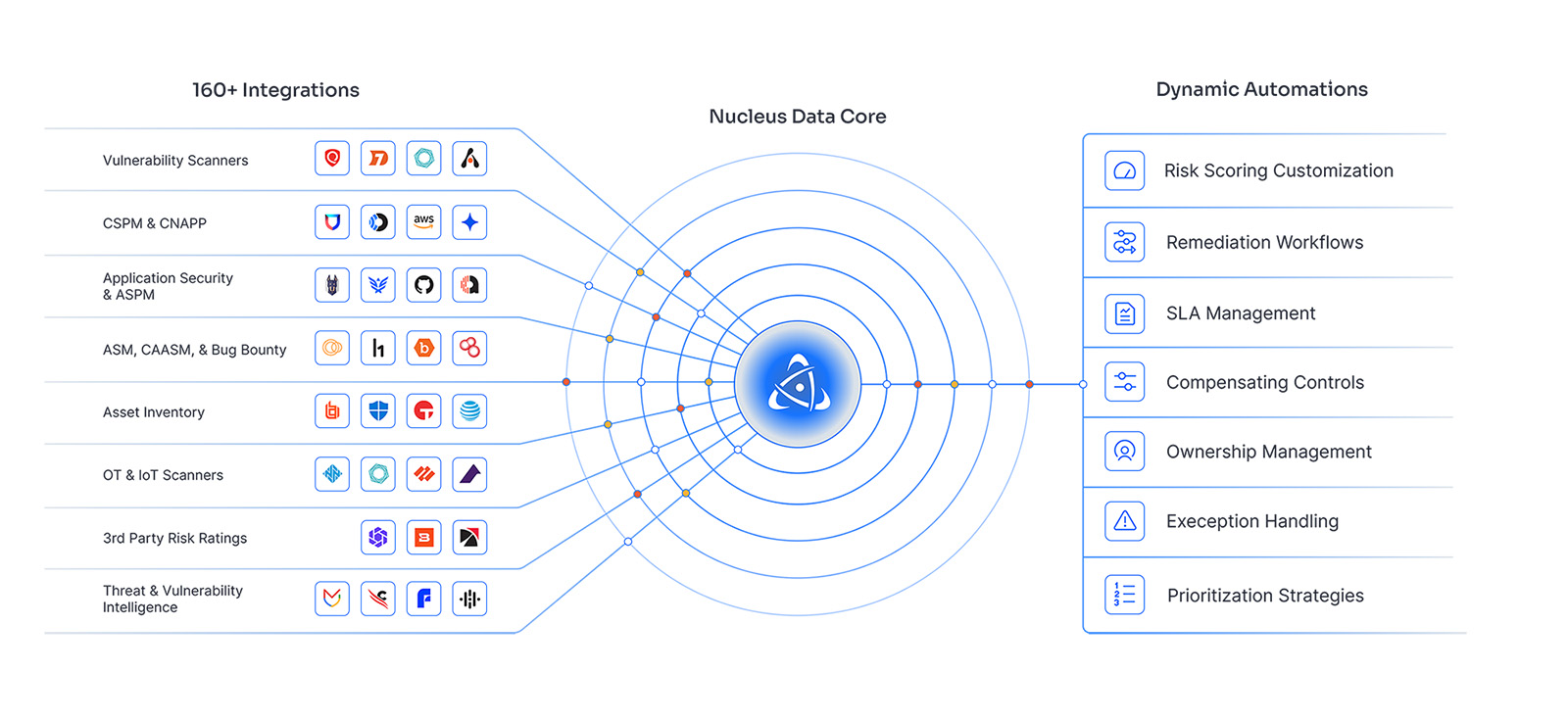
Unified Asset Inventory and Contextualization
By consolidating asset data from various sources, Nucleus creates a comprehensive asset inventory. This inventory is enriched with contextual information, including business criticality, data sensitivity, and compliance requirements. Such contextualization enables security teams to assess exposures not just on technical severity but also on their potential business impact, leading to more informed prioritization.
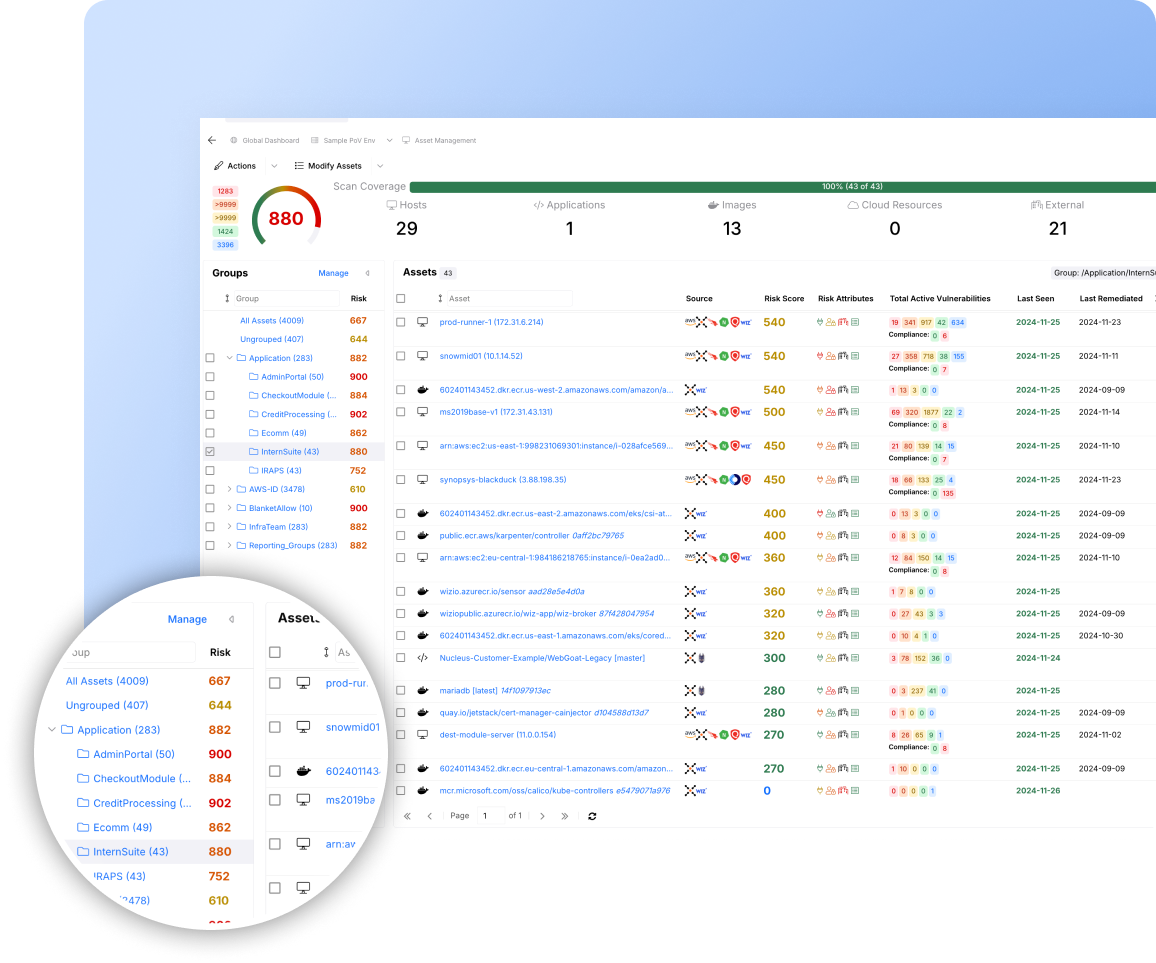
Automated Workflow and Ownership Assignment
Nucleus’ automation capabilities extend to workflow management and ownership assignment. The platform can automatically assign remediation tasks to the appropriate teams based on asset ownership and organizational structure. This automation reduces manual effort, accelerates response times, and ensures accountability in addressing exposures.
Enhanced Visibility and Reporting
With normalized data and automated workflows, Nucleus provides enhanced visibility into the organization’s exposure landscape. Dashboards and reports offer insights into trends, remediation progress, and compliance status. This visibility supports strategic planning and continuous improvement in exposure management practices.
Up Next: Exposure Prioritization
Effective exposure management begins with data. Without aggregation and normalization, organizations are left guessing their risk posture and reacting to noise instead of executing strategically. By investing in a strong data foundation, security teams can gain visibility, prioritize with confidence, and drive risk down systematically.
In the next article in this series, we’ll explore how to apply business and threat context to normalized exposure data to prioritize exposure risk more effectively.
See Nucleus in Action
Discover how unified, risk-based automation can transform your vulnerability management.






